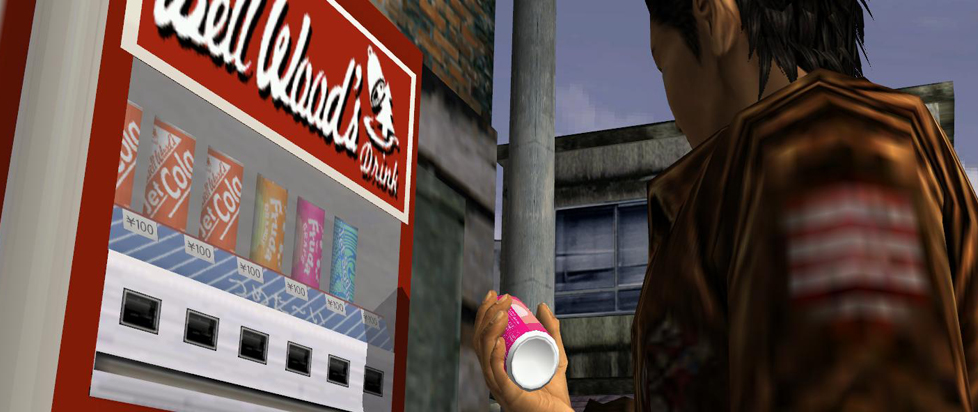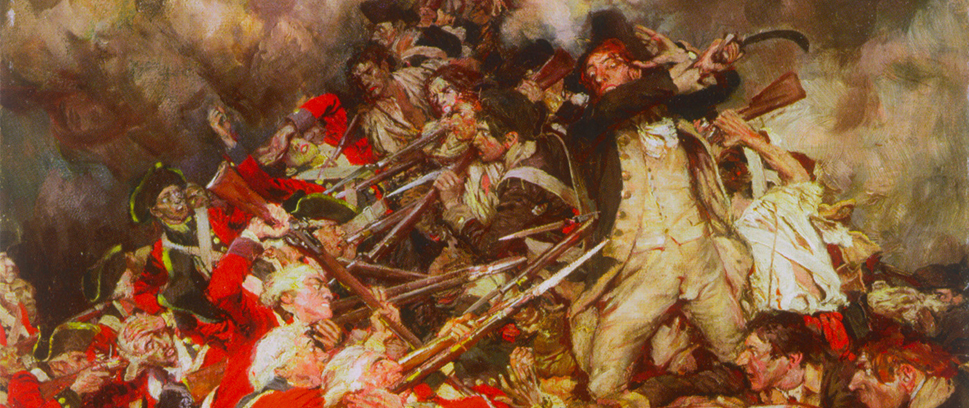
Unpickleable: Shrub Lessons
Consider the humble dill pickle. There it floats, three or four inches of what was once a cucumber, preserved in cloudy, swamp-colored brine. It may one day add a sour pucker of crunch to a hamburger, uselessly adorn the side of a plate of sandwiches, or elevate a basic tuna salad to something the potluck club at the office will speak of with reverence for years after you have gone. Whatever the pickle’s future purposes, there it floats, timeless and ready.
In this age of refrigeration and increasingly advanced preservatives, we take for granted as a side condiment – a mandatory garnish – what was in our not-so-distant past once a regular method of preserving fresh produce (or basically any perishable food) long after it should have expired. We as a species looked at the tender and fleeting shelf life of our carrots and our beets and said: “Not today! Not one vital calorie among this humble harvest shall go unconsumed!” And so we mixed salt with water (and sometimes vinegar), we tossed in what spices we had on hand (and occasionally sugar to one-up our neighbors) and we pickled.
For over 4,000 years, pickles have fed armies, held scurvy at bay on long sea voyages and kept countless numbers of ordinary folks fed through so many long, unfriendly winter months. A pro-tip for anyone looking to survive the future apocalypse: learn how to pickle now and you shall always find a warm welcome among whatever small pocket of humanity you come across in the blasted wastelands of civilization.
At the height of summer, fresh fruits and vegetables are easy to come by. Farmstands line country roads. Markets spring up on any given day of the week throughout city and suburban neighborhoods. Big chain stores run a constant stream of specials to keep their towering pyramids of produce marching out the doors.
Unless you have immediate plans for your bounty, however, it can be sometimes hard to use up your groceries before summer heat takes its toll. Berries in particular have an impossibly short shelf life. Unless you’re extremely lucky in the fruit-buying sphere of fortune, you have three days, tops, to use up the cherries you paid $8.99 a pound for before they transform themselves into a sticky-sweet fruit fly trap.
Fortunately for us, someone long ago invented the shrub. A close cousin of the pickle, shrubs were used in colonial America as a way to use up rapidly-expiring fruit and, in recent years, have seen a revival in bars across the country as a mixer for liquor. A shrub is made up of basically the same thing used in pickling: a base liquid (in this case fruit juice instead of water), vinegar, sugar and optional herbs and spices to punch up the flavor. Shrubs are a perfect way to make use of all those berries, peaches or nectarines that you bought last weekend at the farmer’s market and then forgot to turn into jam.
Modern shrub-making (also known as the cold process) is so simple it hardly needs to be called a recipe: 1 part berries (or any fruit, just quartered into manageable chunks), 1 part sugar, 1 part vinegar of choice.
You’ve been reading an excerpt from Unwinnable Monthly Issue 56.
To read the article in its entirety, please purchase the issue from the shop or sign up for a subscription to Unwinnable Monthly!





